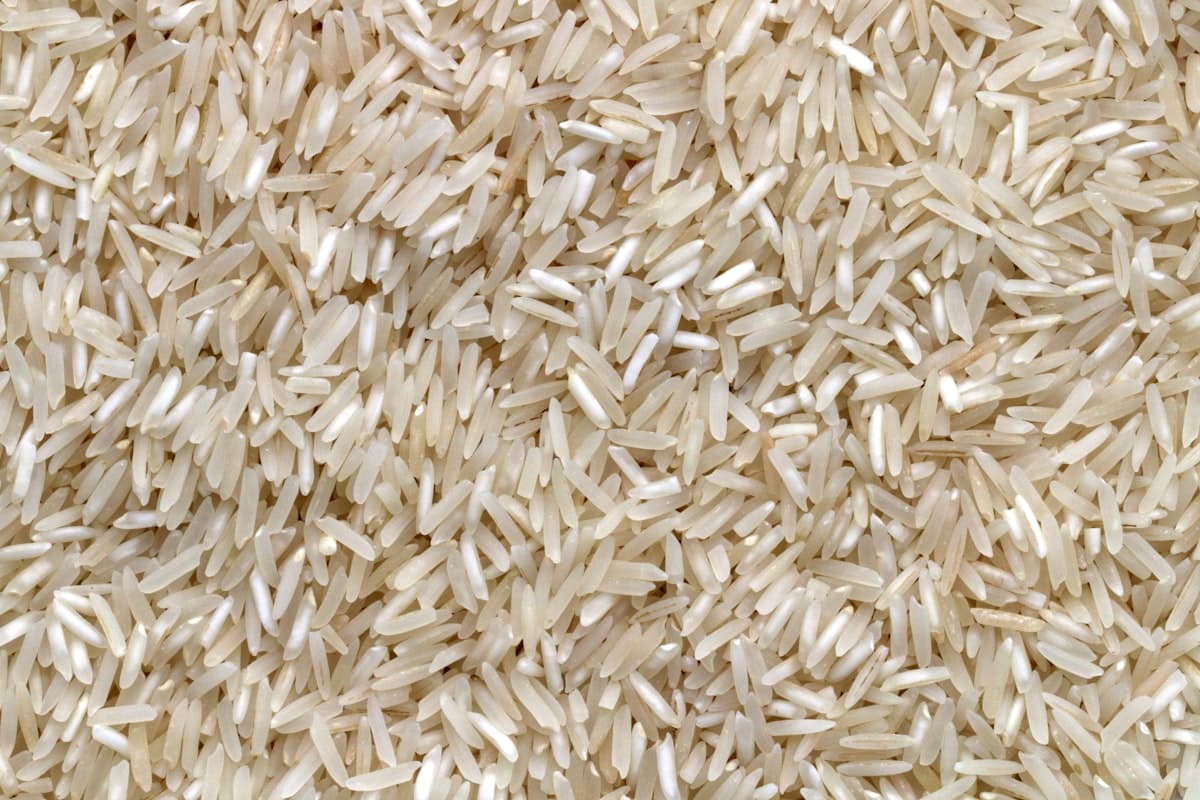As a rice exporter in India, you’re no stranger to complexity. Between navigating international regulations, managing logistics, and ensuring the quality of your produce, your plate is always full. But one of the most persistent headaches? Tracking export orders manually.
If you’re relying on a tangled web of spreadsheets, emails, and phone calls, you know the pain: delayed shipments, communication gaps with buyers, and the constant fear of a costly error.
What if you could transform this chaos into clarity? In this article, we’ll explore how a custom-built export order tracking software acts as a central nervous system for your rice export business, automating the tedious tasks so you can focus on what you do best: growing your business.
The Real Cost of Manual Tracking for Rice Exporters
Before we dive into the solution, let’s acknowledge the pain points. Do these scenarios sound familiar?
- The Spreadsheet Jungle: Version control nightmares where a single misplaced decimal can throw off an entire shipment’s financials.
- The Communication Black Hole: Endless emails and WhatsApp messages to check on order status, vessel schedules, or document readiness with freight forwarders and inspection agencies.
- Blind Spots in the Supply Chain: Not knowing the real-time location of your shipment once it leaves the warehouse, leading to anxious buyers and reactive firefighting.
- Documentation Delays: Manually preparing and chasing documents like Certificates of Origin, Phytosanitary Certificates, and Bills of Lading, risking shipment delays at the port.
- Financial Opacity: Difficulty reconciling payments, advances, and invoices across multiple orders and currencies.
These aren’t just minor inconveniences; they directly impact your profitability, reputation, and scalability.
What is Rice Export Software, and How Does it Automate Tracking?
At its core, a rice export software India solution is a customized digital platform designed specifically for the unique needs of agricultural exporters. It brings every step of your order lifecycle onto a single, intuitive dashboard.
Here’s how it automates tracking and solves your biggest problems:
1. Centralized Order Management Dashboard
Imagine a single screen where you can see the status of every order—from “Quote Sent” to “Payment Received.” A good software provides a visual pipeline, often with color-coded stages, so you get a bird’s-eye view of your entire operation at a glance.
Pain Point Solved: No more digging through emails or files to find a specific order.
2. Automated Status Updates & Alerts
The software can be integrated with logistics partners’ systems to pull in real-time data. When a container is loaded, a vessel departs, or a document is approved, the status updates automatically. You and your customer can receive automatic SMS or email alerts.
Pain Point Solved: Eliminates constant “where is my order?” calls and provides proactive updates to buyers, enhancing trust.
3. Integrated Document Management
Generate, store, and track all essential export documents from within the platform. Templates for invoices, packing lists, and other certificates ensure accuracy and save hours of manual work. You can set reminders for document submission deadlines.
Pain Point Solved: Reduces documentation errors and prevents costly clearance delays at customs.
4. Real-Time Logistics Tracking
By connecting with shipping lines and tracking APIs, the software shows your shipment’s journey on a map. You’ll know exactly where your rice is—whether it’s at the port, on the vessel, or nearing the destination.
Pain Point Solved: Eliminates supply chain blind spots, allowing for better planning and customer communication.
5. Financial Reconciliation Made Simple
Link orders directly to payments and expenses. The software can track advances, calculate profit margins in real-time, and generate financial reports, giving you a clear picture of your cash flow.
Pain Point Solved: Simplifies accounting and provides clarity on the financial health of each transaction.
Key Features to Look For in Your Export Order Tracking Software
While off-the-shelf solutions exist, the real power for a niche industry like rice exporting lies in customization. Here are the features that matter most:
- Customizable Workflows: Your business isn’t like everyone else’s. The software should adapt to your process, not the other way around.
- Multi-Currency and Multi-Lingual Support: Essential for dealing with international buyers.
- Grain-Specific Parameters: The ability to track details like rice variety (e.g., Basmati, Non-Basmati), grain length, moisture content, and broken percentage.
- Supplier & Buyer Portals: Provide your partners with limited access to view relevant orders and documents, reducing your administrative load.
- Mobile Responsiveness: Check on your orders from anywhere, at any time.
Considering a custom solution? We recently helped a rice exporter automate their document generation, which you can read about in our case study: How We Built a Custom Document Management System for an Agri-Exporter.
Building vs. Buying: The Custom Development Advantage
You might find generic logistics software, but it often lacks the specificity required for agricultural exports. A custom-built export order tracking software from a skilled development agency offers distinct advantages:
- Solves Your Exact Problems: The software is built from the ground up to address the unique challenges of rice exporting.
- Scalability: It grows with your business. You can add new features, like quality control checklists or IoT sensor integration for warehouse monitoring, as needed.
- Integration Capability: It can seamlessly connect with your existing accounting software (like Tally), ERP systems, or government portals for easier compliance.
Taking the Next Step Towards Automated Export Management
Moving from manual tracking to an automated system is a significant step toward efficiency and growth. The goal is not just to track orders but to gain a strategic advantage through data, clarity, and time savings.
The best approach is to start by mapping out your current process and identifying the biggest bottlenecks. From there, you can have a more informed conversation about what a software solution should achieve for you.

